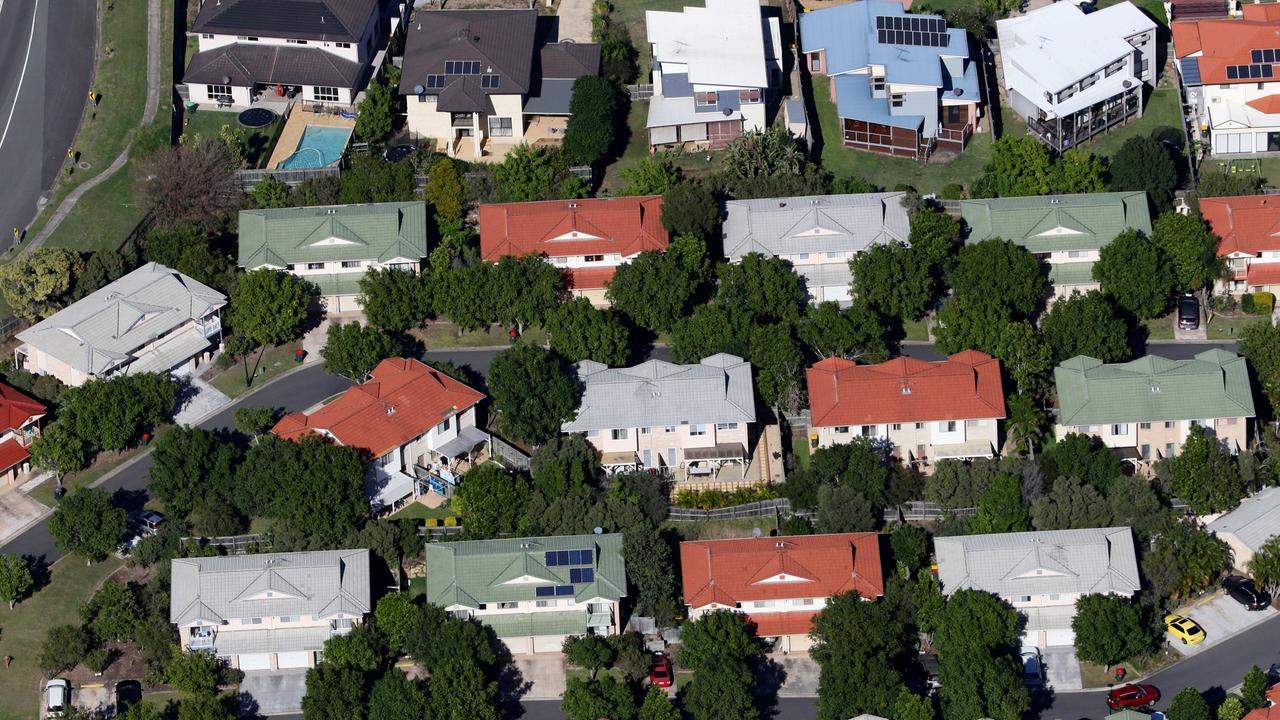How to plant a pet-friendly garden: toxic plants you should avoid
Experts say there are several items commonly found in Australian gardens that are considered deadly to dogs and cats, including these popular plants that should be avoided.
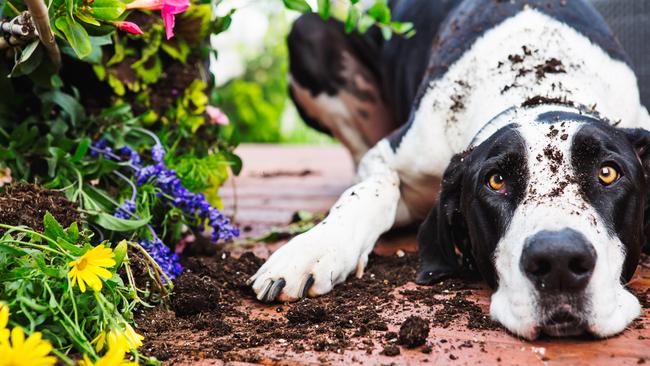
Property
Don't miss out on the headlines from Property. Followed categories will be added to My News.
A garden can be a great place for pets to explore. But with several common plant species considered toxic to dogs and cats, it can also be a minefield.
Animal Poisons Helpline is contacted frequently by pet owners concerned about what their furry friends have eaten from the garden, poisons information consultant Pooja Mehta says.
“While most plant exposures are benign or result in only mild effects, some plants are highly poisonous to pets and can cause severe effects or even death following relatively small ingestions,” she says.
Luckily, with some careful planning and some simple precautions, it’s possible to create a garden that is both safe and enjoyable for your pet to explore.
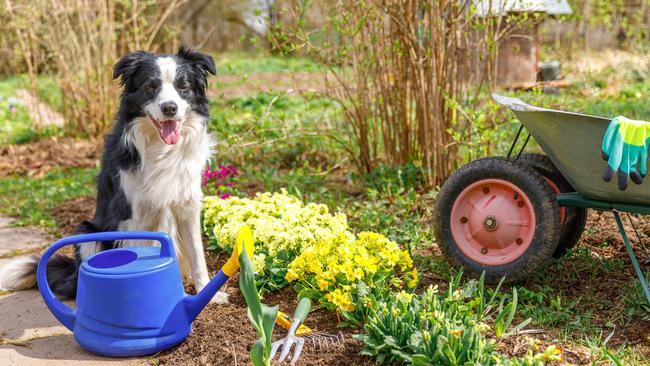
FUNCTION AND LOOKS
When it comes to designing a pet-friendly garden, looks and functionality are both key, gardening expert Sophie Thomson says.
A garden that is fit for purpose and provides shelter, entertainment and security is important – but it doesn’t need to come at the expense of beauty. First, consider the type of pet you have.
“If you have a dog, the type and size of the dog makes an obvious difference to planning,” she says. “A toy poodle is far less likely to squash or devastate a garden as would an active large dog.”
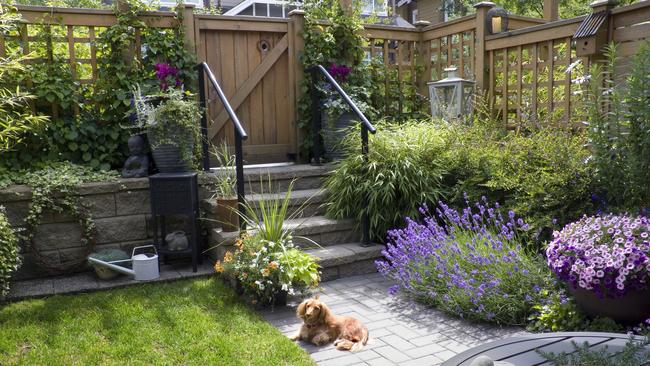
She says informal gardens are generally easier to maintain than the “strong neat lines of formal gardens” where “anything broken or out of place is very obvious.”
“Make sure you have created some shade from the heat and that there is also an area of shelter from the cold wet weather,” she adds.
Cat or dog runs are another option that allow pets to indulge their curiosity without running rampant across your beds.
“This could be done simply by using wire mesh to fence off area a race and then using plants to disguise the race,” she says.
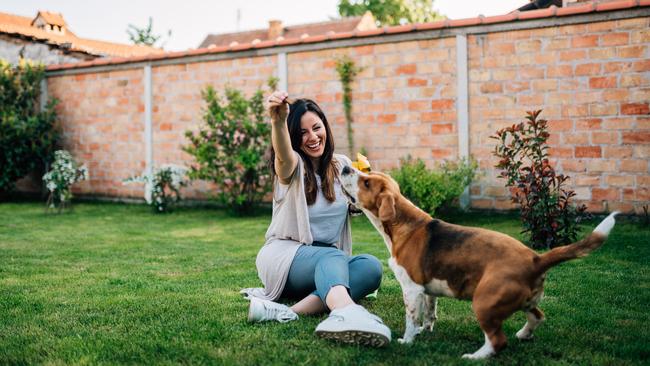
TOXIC PLANTS
If you have recently moved home or have just adopted a pet for the very first time, you may not be aware of the dangers lurking beyond the grass.
Ms Mehta says about one in 10 of the plant exposures reported to the Animal Poisons Helpline require veterinary attention. Prevention is definitely the best (and cheapest) cure.
She says plants that should be avoided due to their highly toxic effects include Lilies, Cycads, Brunfelsia (yesterday-today-and-tomorrow), Castor Oil Plant, Oleander, Duranta, Azaleas and Rhododendrons.
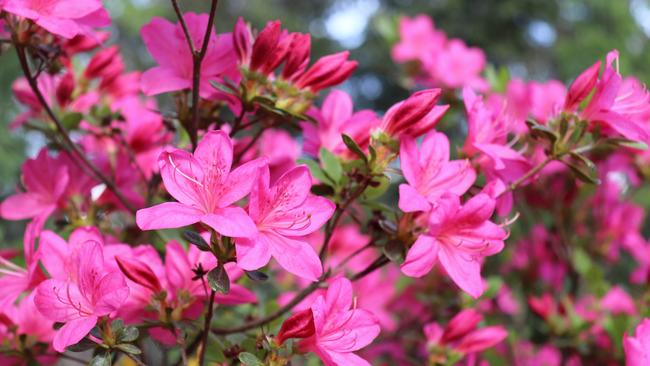
Cycads, such as Sago palms, are so toxic to dogs that even just one seed can cause life-threatening effects.
“Lilies in the Lilium and Hemerocallis genus are extremely toxic to cats,” she says. “Chewing on or ingesting any part of the plant, or even grooming pollen off the coat or paws can result in kidney injury.”
OTHER DANGERS
Ms Mehta says pet-owners should avoid using rat and mouse baits as well as snail and slug baits as both contain dangerous chemicals while also being attractive to dogs.
“Ingestion of rodenticides is one of the most common calls we handle at the Animal Poisons Helpline,” she says. “In Australia, these are almost always anticoagulant poisons that prevent the blood from clotting. The baits may be appealing to dogs as they are often incorporated into a grain-based bait.”
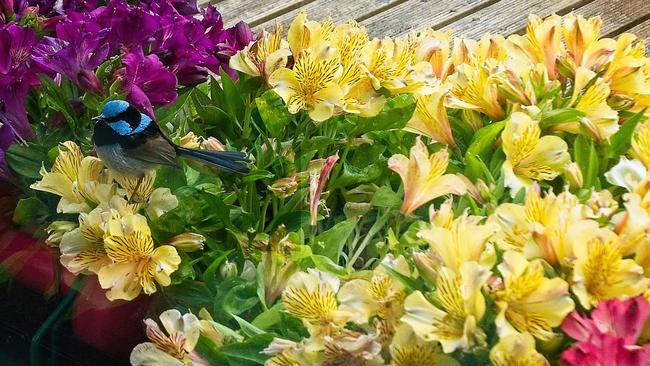
She says even a small amount can cause “life threatening delayed onset bleeding.”
Herbicides and organic fertilisers are also dangerous and should be kept well away from animals.
“Avoid using organic fertiliser around spring bulbs,” she says. “Dogs will dig up the organic fertiliser and will often find these bulbs and eat them.”
Wild mushrooms also pose a danger – with vigilance and removal the only real solutions.
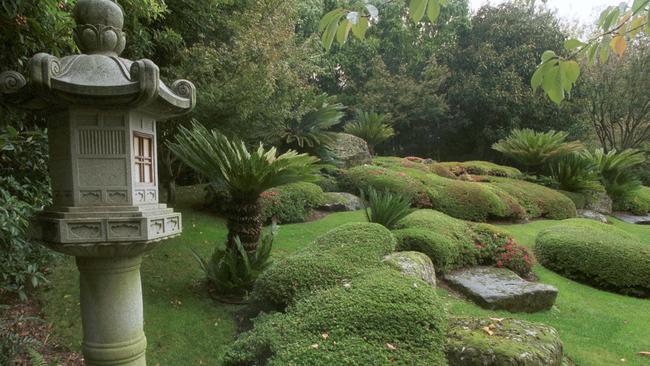
SAFE PLANTS
There are several options that have low toxicity for cats and dogs, with Gerbera Daisies, Roses, Snapdragons, Fuschias and Orchids providing beauty and peace of mind, Ms Mehta says.
“Keep in mind that even pet friendly plants and flowers can potentially result in gastrointestinal upset and, less commonly, allergic reactions when ingested by pets.”
Bunnings Garden Category Manager Belinda Rakers says Bromeliad, Banana plant, Camellia, Magnolia and Rosemary are also good options that can be used to practical effect.
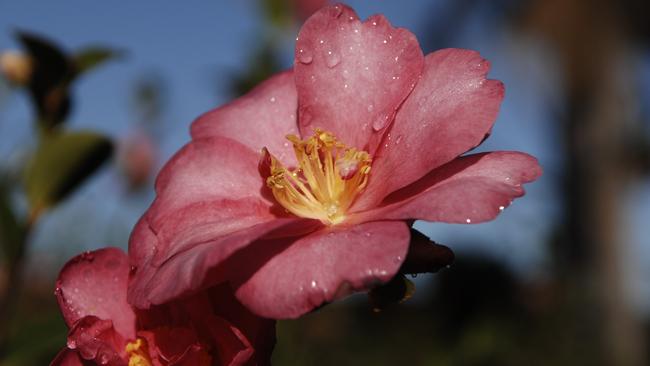
“There are plenty of plants that offer shade and cover for your pet to lounge under including bottle brush, tree fern and crepe-myrtle.”
“These are all non-toxic to both dogs and cats and are also easy to grow. Pet-safe hedges like Griselinia can provide your furry friend with areas to explore and roam around,” she says.
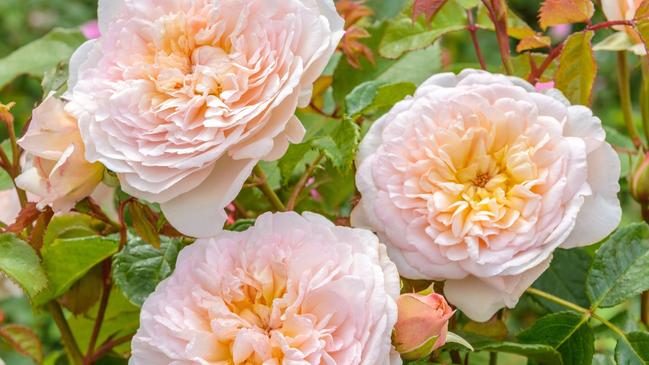
PROTECTING YOUR PLANTS
Ms Thomson says planting tough and sturdy plants around edges can help to protect more sensitive plants in the middle of garden beds from being trampled.
“Once established, a simple planting of Agapanthus around a lawn will withstand any tumbling or rough play and can make the perfect venue for hours of ball throwing,” she says. “Other great options include other strappy leaf plants such as Dianella, Lomandra and Dietes.”
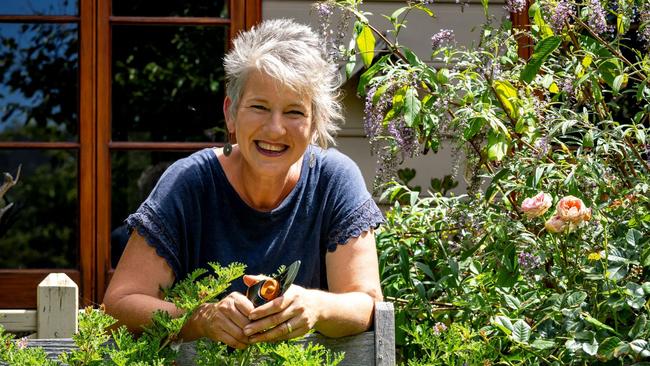
Ms Rakers says other physical barriers, such as fences, gates or hedges can also keep plants safe.
“You can also try products like Keep Off for dogs & cats that can be sprayed on plants to help deter pets – these are non-toxic and safe for humans, pets and plants,” she says.
Originally published as How to plant a pet-friendly garden: toxic plants you should avoid




